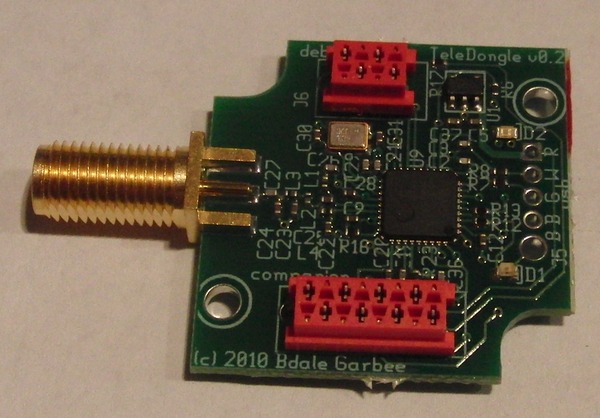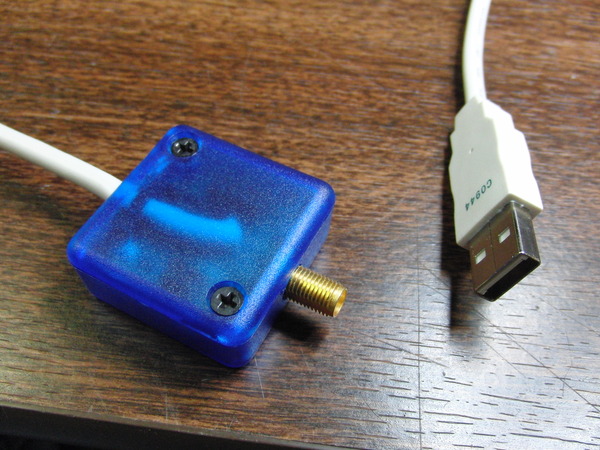 Linux.conf.au 2010
Linux.conf.au 2010 has come
to an end and I am looking back at an intense week of conferencing.
A big shout out to the organisers for their excellent work. I think
LCA (as well as DebConf) just keeps getting better every year. This
does not at all discredit previous organisers, because they were
the best at their times and then passed on the wisdom and
experience to help make it even better in the following year.
The week started off with the
DistroSummit, which Fabio and I
organised. Slides are forthcoming, as I failed to get them off the
speakers right after their talks it s interesting how stress
levels and adrenaline can cause one to forget the most obvious
things. This is where experience comes in. I ll be there again next
year, I hope, to do things better.
The theme of the day was cross-distro collaboration, and we
started the day a little bit on the Debian-side with Lucas
Nussbaum telling us about quality assurance in
Debian, alongside an overview of available resources. We
hoped to give people from other distros pointers, and solicit
feedback that would enable us to tie quality assurance closer
together.
Next up was Bdale Garbee who talked about the
status of the
Linux
Standard Base. While I am really interested in such
standardisation efforts, I realised during his talks that I had
considerable difficulties paying attention because as organiser of
the conference, I had all sorts of other things occupying my
thoughts.
I proceeded to tell the audience the room was mostly filled
throughout the day with an estimated 40 50 folks, and I d say about
half of them stayed throughout, while the other half came in and
left the room between talks. I could not get the projector to work
with my laptop after the upgrade to
Kernel Mode Setting, and thus used the whiteboard to give a
brief introduction to
vcs-pkg.org,
talk about the current state of affairs, summarise the trends in
discussions around patch management and collaboration, give an
outlook of what s up next, and solicit some discussion.
Sadly, just like during Bdale s talk, I found myself worrying
over the organisation of the day, rather than actually taking in
most of the discussion. Fortunately,
others
have
written about the most important points, so I defer to
them.
Michael Homer then told us about
GoboLinux s
Aliens
system, which is a way to integrate domain-specific
packages with distro-specific package maintenance e.g.
how to get
APT to
handle
CPAN
directly, or how to let
YUM manage
Python packages. The
ensuing discussion was interesting, and we carried it over to the
next slot, because Scott, the next speaker, was stuck in traffic.
To summarise briefly: scripting languages have a lot of
NIH-style
solutions because it works for them, but these are a nightmare to
distro packagers. One symptom of the status quo is that complex
software packages like
Zimbra are
forced to distribute all required components in their installation
packages, which make distro packaging, quality assurance, and
security support even harder. I don t think we found a solution,
other than the need for further standardisation (like the LSB), but
the road seems to be a long and windy one.
Laszlo Peter introduced the audience to
SourceJuicer, a new build system used by
OpenSolaris. The idea is that
contributors submit packages via a web interface, kicking off a
workflow incorporating discussion and vetting, and only after
changes have been signed-off are packages forwarded to
auto-builders and eventually end up in the package repository. This
is very similar to
upload
ideas I ve had a while ago, which I ve started to (finally)
implement. Unfortunately, SourceJuicer seems very specific to
OpenSolaris, as well as non-modular, so that I probably won t be
able to reuse e.g. the web interface on top of a Debian-specific
package builder.
After the break, Dustin Kirkland stepped up to
tell us about his user experience of
Launchpad. Unfortunately, I found his
talk a bit too enthusiastic. Launchpad undoubtedly has some very
cool features and ideas, but it s just one of the available
solutions.
The dicussion of Launchpad also dominated the next talk, in
which Lucas Nussbaum told us about the
Debian-Ubuntu relationship. While his presentation
showed that the relationship was improving (Matt Zimmerman made the
point that there are rather many relationships, rather than one
relationship), I was a bit disturbed by the comments of Launchpad
developers in the room, ranging from Debian is declining anyway
to Just use Launchpad if you want to collaborate with others and
not go down . There was a slight aura of arrogance in their
comments which tainted my experience of the otherwise constructive
discussions of the day.
Overall I had a great time. Debian and Ubuntu made up the vast
majority of attendants, with only a handful of representatives from
other distros present. I wonder why that would be. One reason might
be that around 70% of LCA attendants declared themselves Debian or
Ubuntu users, and so there weren t many other distros around.
Another might be that I still haven t spread the word enough. Let s
hope to do better next year!
Thanks to all the speakers. We may have organised the day, but
you made it happen and interesting!
Slides and recordings of the talks will be linked from
the archived website when they
become available (yes, the archive page does not exist yet
either).
 Keith and I just released version 0.8 of
AltOS, the open source firmware and
software system associated with our
TeleMetrum hobby rocket avionics system.
The AltosUI ground station user
interface is significantly improved, with lots of new features including
a much cleaner view of what's happening during different stages of the flight
experience, a post-flight data plotting interface with pan and zoom, and a
very cool live view of where the rocket is overlayed on data from Google
Maps! All existing TeleMetrum owners are encouraged to download, install,
and begin using this new version immediately.
Keith and I just released version 0.8 of
AltOS, the open source firmware and
software system associated with our
TeleMetrum hobby rocket avionics system.
The AltosUI ground station user
interface is significantly improved, with lots of new features including
a much cleaner view of what's happening during different stages of the flight
experience, a post-flight data plotting interface with pan and zoom, and a
very cool live view of where the rocket is overlayed on data from Google
Maps! All existing TeleMetrum owners are encouraged to download, install,
and begin using this new version immediately.
 AltOS The Altus Metrum Operating System
AltOS The Altus Metrum Operating System
 Nearly at the end of the week already - time flies! As always, it's
been a great event. The orga folks have done a wonderful job, and New
York is a cool place. Well, rather more of a hot place at the moment
with the weather... :-)
The highlight for me, as always, has been meeting up with people
during the conference. Old friends like Lars, Joey, Marga, Bdale (and
many more than I can mention here!). And finally getting to say hi to
people whom I feel I know well from their blogs via Planet, and their
Debian work that I benefit from every day. It was great to
see
Nearly at the end of the week already - time flies! As always, it's
been a great event. The orga folks have done a wonderful job, and New
York is a cool place. Well, rather more of a hot place at the moment
with the weather... :-)
The highlight for me, as always, has been meeting up with people
during the conference. Old friends like Lars, Joey, Marga, Bdale (and
many more than I can mention here!). And finally getting to say hi to
people whom I feel I know well from their blogs via Planet, and their
Debian work that I benefit from every day. It was great to
see  As
As 





 This year, at DebConf 10, I'll very probably have the pride to attend the conference
along with my 22 y.o. son, Jean-Baptiste.
JB began a 3 year cycle to graduate in electronics and industrial
computing at
This year, at DebConf 10, I'll very probably have the pride to attend the conference
along with my 22 y.o. son, Jean-Baptiste.
JB began a 3 year cycle to graduate in electronics and industrial
computing at 